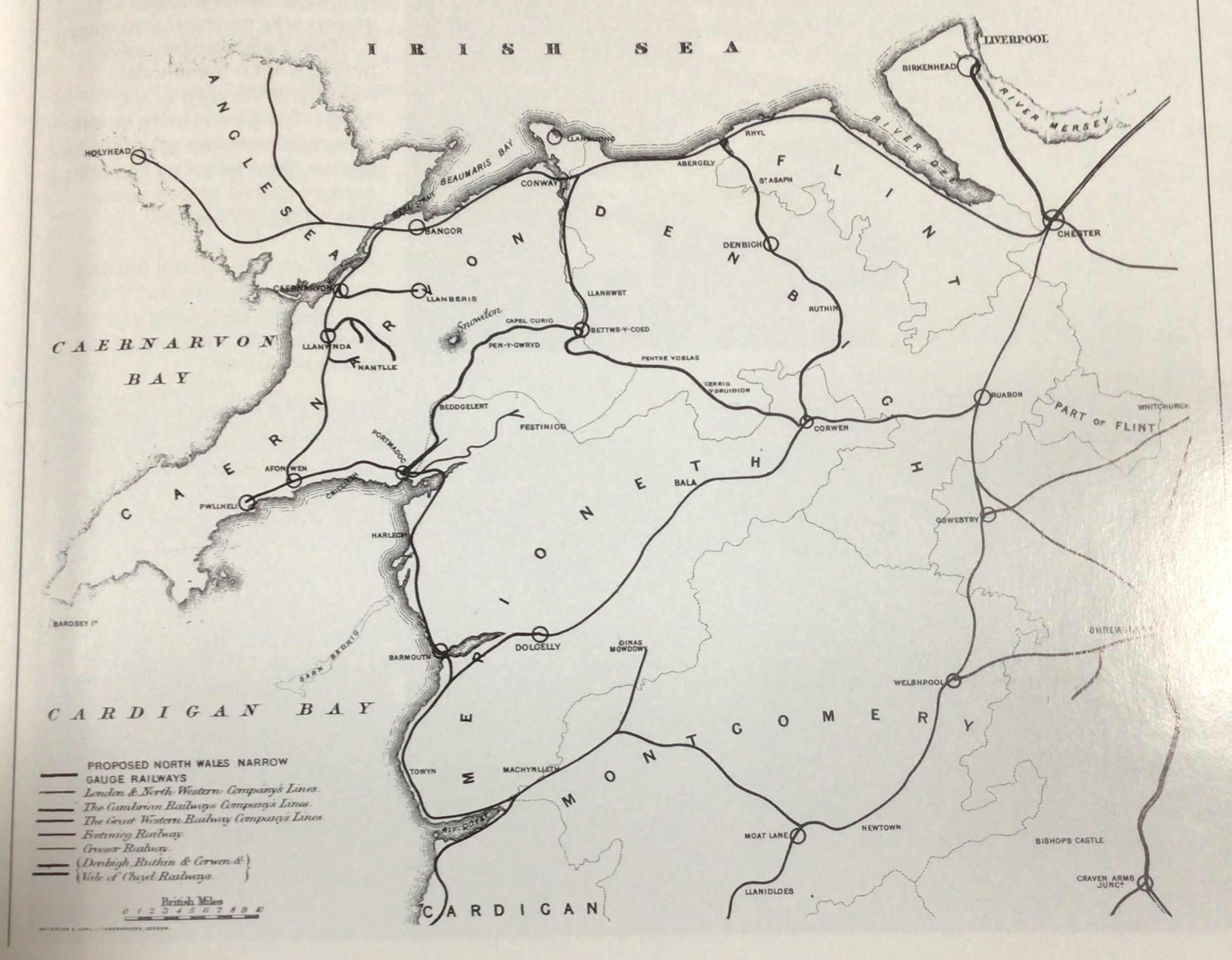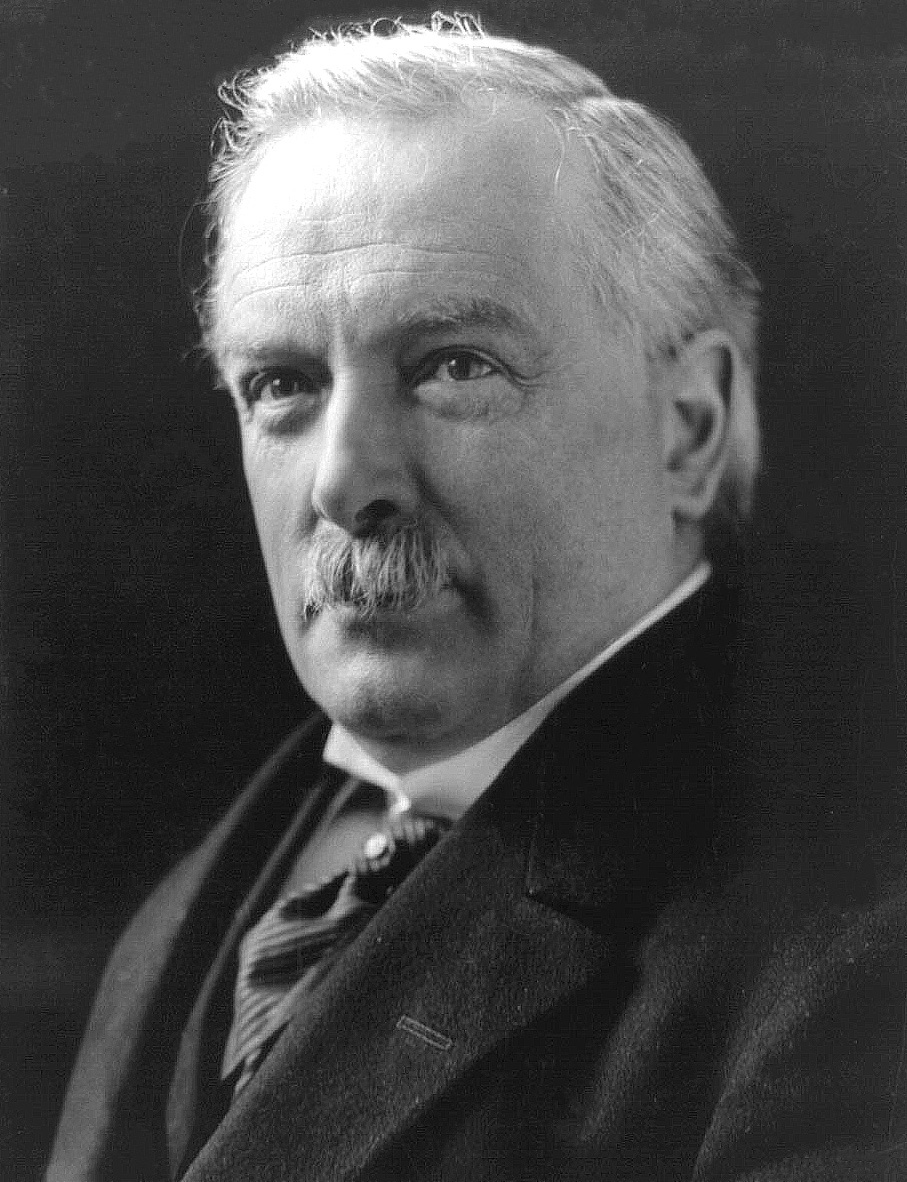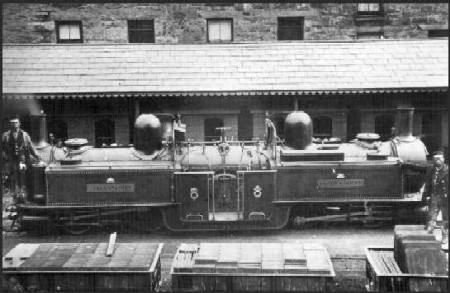|
0-6-4
Under the Whyte notation for the classification of steam locomotives, represents the wheel arrangement of no leading wheels, six powered and coupled driving wheels on three axles, and four trailing wheels on two axles. Overview The 0-6-4 wheel arrangement appears to have only been used on tank engines and Single Fairlies. The earliest known example was the Moel Tryfan narrow gauge locomotive, built for use on the North Wales Narrow Gauge Railways. It was a Single Fairlie type, built by the Vulcan Foundry near Manchester in 1875. It was followed by the R class and S class, built by the Avonside Engine Company of England for the New Zealand Railways Department between 1878 and 1881. Usage Australia The South Australian Railways K class locomotives were introduced in 1884, designed by William Thow. They were noted to run more smoothly bunker-first. After the electrification of the Mersey Railway in England, four of its 0-6-4T locomotives were sold to J & A Brown of New South ... [...More Info...] [...Related Items...] OR: [Wikipedia] [Google] [Baidu] |
Mersey Railway
The Mersey Railway was the first part of the passenger railway connecting the communities of Liverpool, Birkenhead, and now the rest of the Wirral Peninsula in England, which lie on opposite banks of the River Mersey, via the Mersey Railway Tunnel. The railway opened in 1886 with four stations using steam locomotives hauling unheated wooden carriages; in the next six years the line was extended and three more stations opened. Using the first tunnel under the Mersey the line is the world's oldest underground railway outside London. Because the steam locomotives created a polluted atmosphere in the tunnel, many passengers reverted to using the river ferries and the railway was bankrupt by 1900. Recovery came after the railway adopted electric traction in 1903. The Mersey Railway remained independent after the railway grouping of 1923, although it became closely integrated with the electric train services operated by the London, Midland and Scottish Railway over the former Wirral ... [...More Info...] [...Related Items...] OR: [Wikipedia] [Google] [Baidu] |
NZR R Class
The NZR R class was a class of early 0-6-4T single Fairlie steam locomotives operated by New Zealand's Railways Department (NZR) between 1879 and 1936. Introduction In the 1870s New Zealand's railway network was a small, fragmented system of light railway lines built in rough country where short, steep grades and tight curves were common. The Fairlie type of steam locomotive was well-suited to working in such conditions. In 1872, the first Fairlie locomotives arrived from England, the E class. Gradually the number of these double-ended engines (known as Double Fairlies) grew to 10, and came to include the B class of 1874. There was still a need for orthodox engines with Fairlie manoeuvrability. The Avonside Engine Company of Bristol, England solved the problem by providing both the R and S classes of Single Fairlie engines; 18 of the former in 1878-79 and 7 of the latter in 1880-81.T. A. McGavin, ''Steam Locomotives of New Zealand, Part One: 1863 to 1900'' (Wellington: New ... [...More Info...] [...Related Items...] OR: [Wikipedia] [Google] [Baidu] |
North Wales Narrow Gauge Railways
The North Wales Narrow Gauge Railways (NWNGR) was a railway company that planned to build a number of inter-connected narrow-gauge railways across North Wales. The first two of these lines - jointly known as the "Moel Tryfan Undertaking" - were authorised by Act of Parliament 1872 and were built and opened in the 1870s. The original main line ran from Dinas Junction to Bryngwyn and opened in 1877. The second line was a branch from Tryfan Junction to South Snowdon, though shortly after opening, the company designated the Tryfan Junction to Bryngwyn section as the branch, and the Dinas Junction to South Snowdon section as the main line. Routes built The company completed construction of two lines, The first, opened in 1877, was approximately long, running south-east from a junction with the London and North Western Railway's Caernarfon to Afon Wen branch at , to . There were intermediate stations at and . From Bryngwyn, a shallow incline Incline, inclined, inclining, or in ... [...More Info...] [...Related Items...] OR: [Wikipedia] [Google] [Baidu] |
South Australian Railways K Class (narrow Gauge)
The South Australian Railways K class (narrow gauge) comprised a single locomotive. The design, by South Australian Railways Locomotive Engineer William Thow, was very similar to that of the broad-gauge K class, but it was smaller and lighter. It was allocated number 52 within the sequence allocated to the larger locomotives. The locomotive was built in 1883, five years after the first broad-gauge K class locomotive and a year before the last of the 18 such locomotives entered service. No. 52 was built by Dübs and Company of Glasgow, whereas Beyer, Peacock and Company, of Manchester, built all the broad-gauge class. The broad-gauge design was moderately "shrunk" to meet the smaller loading gauge of lines and the lower load-bearing capacity of track compared with the broad gauge. Some key specifications are compared in the table below. A major design weakness of the broad-gauge K class was the lack of a leading bogie (pilot truck), which led to frequent derailm ... [...More Info...] [...Related Items...] OR: [Wikipedia] [Google] [Baidu] |
Moel Tryfan (locomotive)
''Moel Tryfan'' was a narrow gauge steam locomotive built for use on the North Wales Narrow Gauge Railways (NWNGRs) in 1874/5. The locomotive was an single Fairlie locomotive built by the Vulcan Foundry near Manchester. It spent its entire working life on the NWNGRs and its successors the Welsh Highland Railway (WHR) and the Ffestiniog Railway (FfR). History North Wales Narrow Gauge Railways The North Wales Narrow Gauge Railways built two gauge railways, connecting , near Caernarfon, with , and . Two identical locomotives were ordered from the Vulcan Foundry to work the new railway. They were built to Fairlie's patent for articulated locomotives and were designed by George Percival Spooner, son of Charles Eaton Spooner, the manager of the nearby FfR. The locomotives were the first s in the British Isles. They were named ''Moel Tryfan'' and ''Snowdon Ranger''. ''Moel Tryfan'' was named after the local mountain where the slate quarries that provided most of the railway ... [...More Info...] [...Related Items...] OR: [Wikipedia] [Google] [Baidu] |
Whyte Notation
Whyte notation is a classification method for steam locomotives, and some internal combustion locomotives and electric locomotives, by wheel arrangement. It was devised by Frederick Methvan Whyte, and came into use in the early twentieth century following a December 1900 editorial in ''American Engineer and Railroad Journal''. The notation was adopted and remains in use in North America and the United Kingdom to describe the wheel arrangements of steam locomotives (in the latter case also for diesel and electric locomotives), but for modern locomotives, multiple units and trams it has been supplanted by the UIC system in Europe and by the AAR system (essentially a simplification of the UIC system) in North America. Structure of the system Basic form The notation in its basic form counts the number of leading wheels, then the number of driving wheels, and finally the number of trailing wheels, numbers being separated by dashes. For example, a locomotive with two leadi ... [...More Info...] [...Related Items...] OR: [Wikipedia] [Google] [Baidu] |
NZR S Class
The NZR S class (later WAGR I class) was a class of seven 0-6-4T single Fairlie steam locomotives used in New Zealand. History The locomotives were ordered by the New Zealand Railways Department (NZR) in 1880, and delivered from the Avonside engine works in 1881–1882. The S Class Locomotive's driving Wheels were intentionally built not rigidly fixed to the Frame like a conventional Locomotive. This benefited New Zealand Lines as curves can be sharp and short. This allowed them to operate on lines such as the old Wairarapa Line Route up the Rimutaka Ranges from Upper Hutt to Summit more easily. https://uhcl.recollect.co.nz/nodes/view/23874 They were considerably larger than the earlier R class, and which saw service in the Whanganui district and the Remutaka Ranges, with its abundance of sharp curves and grades. These two classes of Single Fairlies were considerably more popular with the engine crews than their older Double Fairlie counterparts, which often suffered frame break ... [...More Info...] [...Related Items...] OR: [Wikipedia] [Google] [Baidu] |
Fairlie Locomotive
A Fairlie is a type of articulated locomotive, articulated steam locomotive that has the driving wheels on bogies. The locomotive may be double-ended (a double Fairlie) or single ended (a single Fairlie). Fairlies are most famously associated with the Ffestiniog Railway in North Wales. While the Fairlie locomotives are now used only on heritage railways, the vast majority of diesel locomotive, diesel and electric locomotives in the world today follow a form not very different from the Fairlie — two power trucks with all axles driven, and many also follow the Fairlie's double-ended concept, capable of being driven equally well in both directions. Development of the design The Scottish people, Scottish engineer Robert Francis Fairlie patented his design in 1864. He had become convinced that the conventional pattern of locomotive was seriously deficient; they wasted weight on unpowered wheels (the maximum tractive effort a locomotive can exert is a function of the weight ... [...More Info...] [...Related Items...] OR: [Wikipedia] [Google] [Baidu] |
Avonside Engine Company
The Avonside Engine Company was a locomotive manufacturer in Avon Street, St. Philip's, Bristol, England between 1864 and 1934. However the business originated with an earlier enterprise Henry Stothert and Company. Origins The firm was originally started by Henry Stothert in 1837 as Henry Stothert and Company. Henry was the son of George Stothert (senior), founder of the nearby Bath engineering firm of Stothert & Pitt. Henry's brother, also named George, was manager of the same firm. The company was given an order for two broad gauge () Firefly class express passenger engines ''Arrow'' and ''Dart'', with driving wheels, delivered for the opening of the Great Western Railway (GWR) from Bristol to Bath on 31 August 1840. This was soon followed by an order for eight smaller Sun class engines with driving wheels. Stothert, Slaughter and Company Edward Slaughter joined the company in 1841, when it became known as Stothert, Slaughter and Company. By 1844 their works were n ... [...More Info...] [...Related Items...] OR: [Wikipedia] [Google] [Baidu] |
Wheel Arrangement
In rail transport, a wheel arrangement or wheel configuration is a system of classifying the way in which wheels are distributed under a locomotive. Several notations exist to describe the wheel assemblies of a locomotive by type, position, and connections, with the adopted notations varying by country. Within a given country, different notations may also be employed for different kinds of locomotives, such as steam, electric, and diesel powered. Especially in steam days, wheel arrangement was an important attribute of a locomotive because there were many different types of layout adopted, each wheel being optimised for a different use (often with only some being actually "driven"). Modern diesel and electric locomotives are much more uniform, usually with all axles driven. Major notation schemes The main notations are the Whyte notation (based on counting the wheels), the AAR wheel arrangement notation (based on counting either the axles or the bogies), and the UIC classificat ... [...More Info...] [...Related Items...] OR: [Wikipedia] [Google] [Baidu] |
Driving Wheel
On a steam locomotive, a driving wheel is a powered wheel which is driven by the locomotive's pistons (or turbine, in the case of a steam turbine locomotive). On a conventional, non-articulated locomotive, the driving wheels are all coupled together with side rods (also known as coupling rods); normally one pair is directly driven by the main rod (or connecting rod) which is connected to the end of the piston rod; power is transmitted to the others through the side rods. On diesel and electric locomotives, the driving wheels may be directly driven by the traction motors. Coupling rods are not usually used, and it is quite common for each axle to have its own motor. Jackshaft drive and coupling rods were used in the past (e.g. in the Swiss Crocodile locomotive) but their use is now confined to shunting locomotives. On an articulated locomotive or a duplex locomotive, driving wheels are grouped into sets which are linked together within the set. Diameter Driving wheels ... [...More Info...] [...Related Items...] OR: [Wikipedia] [Google] [Baidu] |
Australia
Australia, officially the Commonwealth of Australia, is a Sovereign state, sovereign country comprising the mainland of the Australia (continent), Australian continent, the island of Tasmania, and numerous List of islands of Australia, smaller islands. With an area of , Australia is the largest country by area in Oceania and the world's List of countries and dependencies by area, sixth-largest country. Australia is the oldest, flattest, and driest inhabited continent, with the least fertile soils. It is a Megadiverse countries, megadiverse country, and its size gives it a wide variety of landscapes and climates, with Deserts of Australia, deserts in the centre, tropical Forests of Australia, rainforests in the north-east, and List of mountains in Australia, mountain ranges in the south-east. The ancestors of Aboriginal Australians began arriving from south east Asia approximately Early human migrations#Nearby Oceania, 65,000 years ago, during the Last Glacial Period, last i ... [...More Info...] [...Related Items...] OR: [Wikipedia] [Google] [Baidu] |







